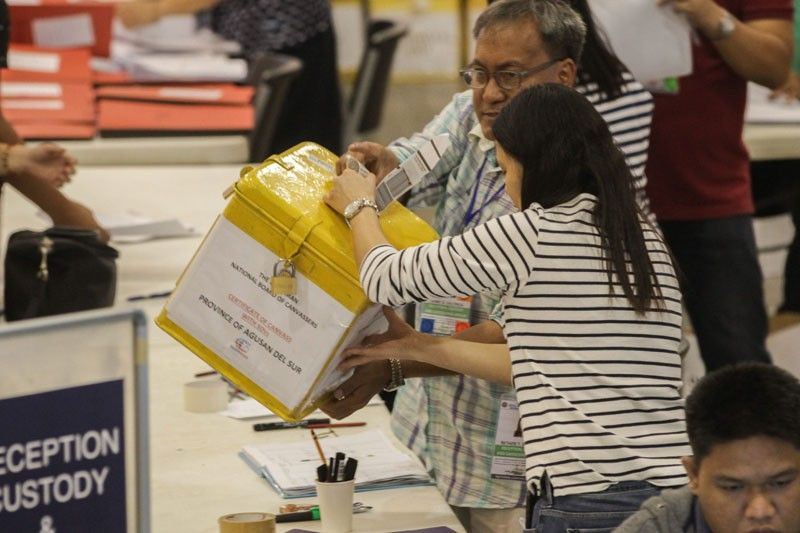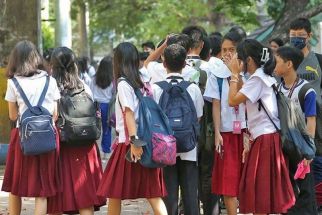Votes on ballots, returns match in random audit

MANILA, Philippines — The votes made on the ballots matched their corresponding voter’s receipts and election returns in the random manual audit (RMA) conducted by the Commission on Elections (Comelec).
According to Marivic Lagman, a teacher of the Timoteo Paez Integrated School in Tondo, Manila, all the votes cast in a precinct in Pampanga tallied with their corresponding receipts.
“Almost all of the votes cast had a match,” said
Lagman who served as chairman of an RMA team along with three other teachers in Manila.
Part of the team’s duty is to tally the votes – those shaded on around 600 to 800 ballots – and check if the tally would correspond with the votes counted on the vote counting machines (VCMs) and printed on the voter’s receipts and election returns.
Lagman’s team audited 635 ballots from a clustered precinct in a town in Pampanga, where she revealed the senators currently included in the top 12 in the partial, unofficial count also won in that precinct.
However, senatoriables Lito Lapid and Ronald dela Rosa led the vote count, she noted. Pampanga is the bailiwick of Lapid, the former senator who once served as Pampanga’s vice-governor and governor.
Lagman is part of the Comelec’s RMA that is supposed to check the count of votes for senators, congressmen and mayors under the poll body’s Resolution 10525.
Lagman said teachers like her underwent training for the process. She said they were trained to segregate the ballots having full or adequate shades, over-votes, under-votes and with incomplete shades; distinguishing what votes to count based on the 25 percent threshold on the marks on the ballots ruled by the poll body last year through Resolution 10419; determining if a ballot has any problematic mark; tallying the votes on the ballots; and comparing the tallies with votes reflected on voter’s receipts and on election returns.
In her opinion, Lagman said that the votes they audited were “credible” enough.
If any mistakes were committed, it would be that the teachers got it wrong in tallying the votes, she said.
There are also verifiers present during the RMA to help them out, she added.
The Comelec partnered with poll watchdog Legal Network for Truthful Elections (Lente) and the Philippine Statistics Authority (PSA) for the conduct of RMA.
Meanwhile, civil society groups led by former Commission on Human Rights chair Etta Rosales asked Comelec to include the party-list groups in the RMA.
Rosales filed a petition before the office of Comelec Commissioner and RMA committee head Luie Tito Guia, urging a special RMA should be conducted for party-list groups as a “crucial procedure” to measure the credibility of the automated election system.
“Party-list representatives should be subjected to the same process of verification since proclaimed nominees are members of the House of Representatives, co-equal to district representatives whose votes are subjects to random manual audit,” the petition read.
Comelec spokesman James Jimenez said at a press briefing that the request is being considered but pointed out the logistical concerns of the RMA.
“I’m am not sure when a response will be made or what the response will be but that is definitely being considered, being studied right now,” Jimenez said.
RMA was designed to check if the automated count made by the VCMs is accurate. The method is to count the votes from the same ballot manually.
Lagman said it was the second time she served in the RMA. The first time was during the 2016 presidential elections, adding there was no difference nor were there any changes made for the RMA process between two elections, except for the location.
Compared with the RMA in the 2016 election where the process took place at schools where randomly selected precincts were found, the Comelec chose to make the process centralized or be done in one place, Guia said.
Guia cited logistics as the main reason for change, explaining that “all teachers would train in only one place” and that “more poll watchers could witness the RMA” as only a few watched the audit in 2016 when it was held in the precincts. – With Sheila Crisostomo
- Latest
- Trending




























